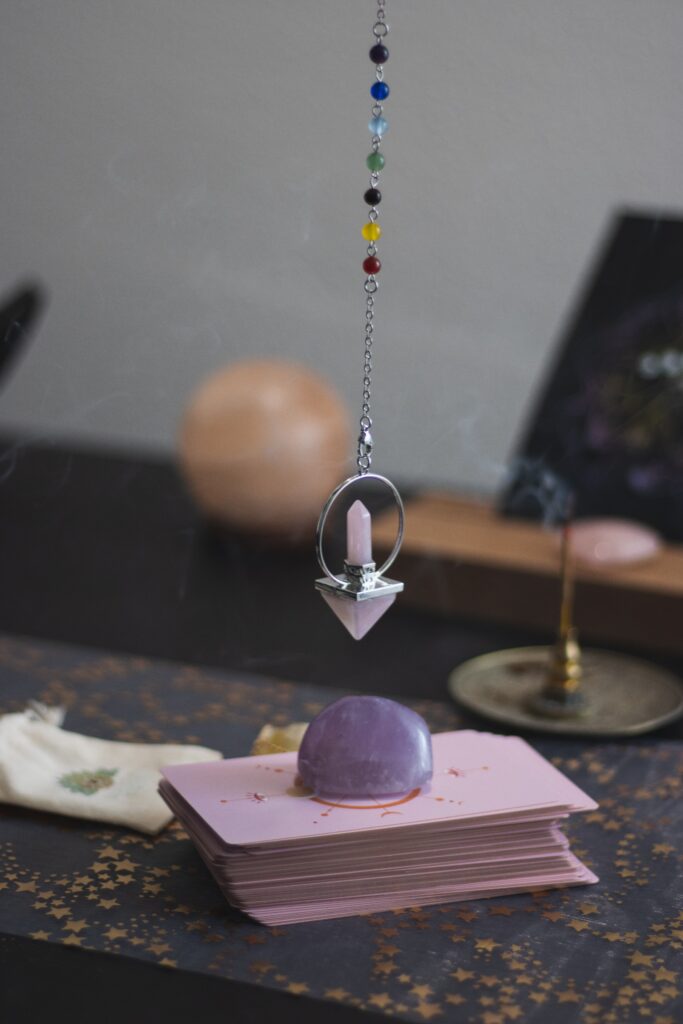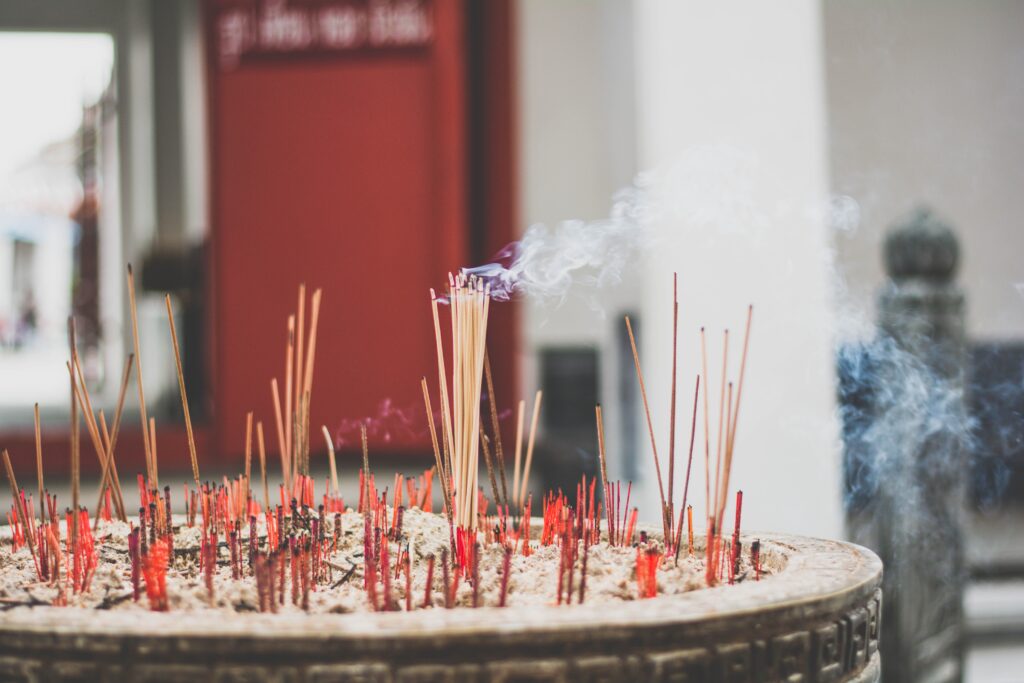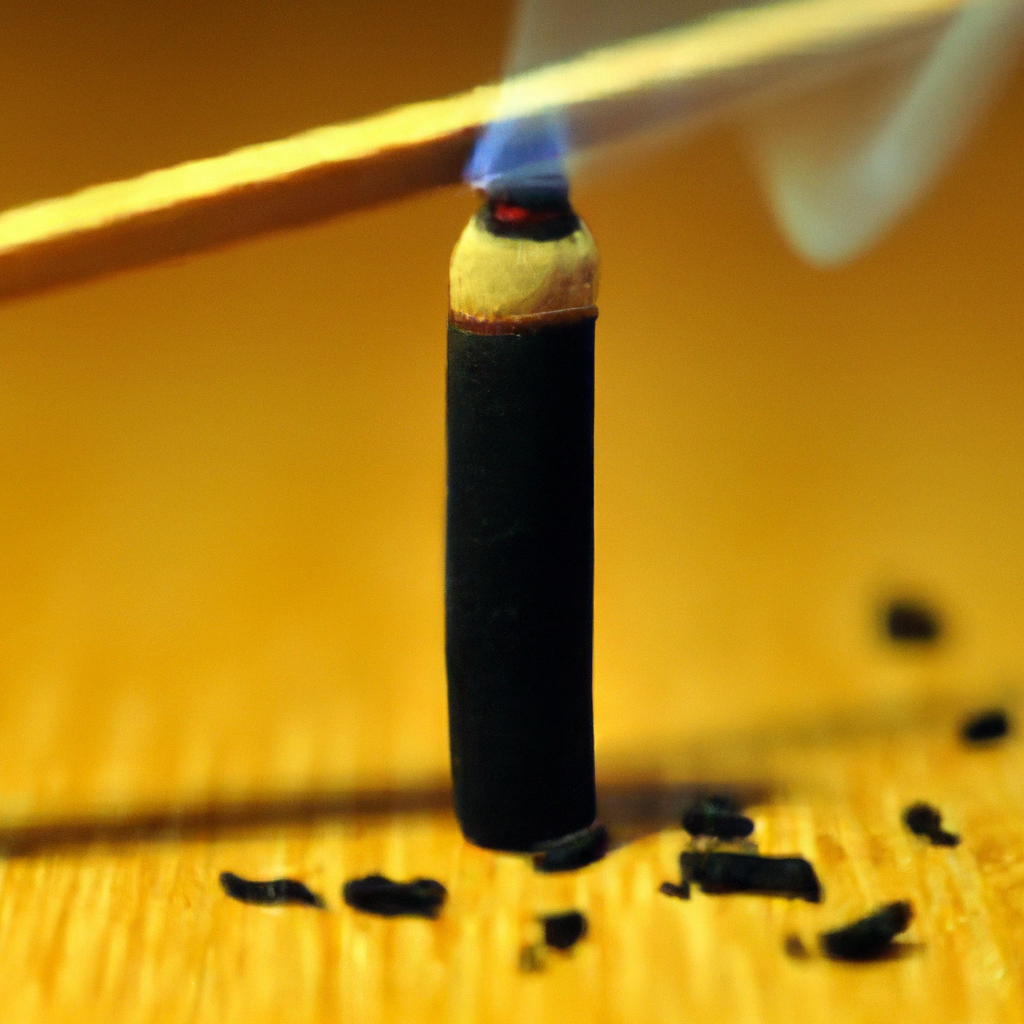Curious about whether or not you can reuse incense charcoals? Look no further! In this article, we’ll explore the common question of whether or not incense charcoals can be reused. Delving into the world of incense, we’ll provide you with all the information you need to know about these fragrant and mystical diffusion aids. So, let’s get started and find out if those charcoals can be given a second life!
Overview of Incense Charcoals
What are Incense Charcoals?
Incense charcoals are small pieces of charcoal that have been specially treated to be used for burning incense. They are often in the form of small discs or cones and are designed to be ignited and used as a heat source to release the fragrance of the incense.
How are Incense Charcoals used?
To use incense charcoals, you need a heatproof container such as a censer or incense burner. Simply place the charcoal in the container and ignite it using a lighter or match. Once the charcoal starts to glow and produce heat, you can place a small quantity of incense on top of it, allowing the fragrance to fill the air.
Why do people use Incense Charcoals?
People use incense charcoals for various reasons. The use of incense has a long history and is often associated with religious or spiritual practices. Burning incense can create a calming and meditative atmosphere, as well as purify the air and provide a pleasant fragrance. Additionally, incense charcoals are often used in rituals, ceremonies, and cultural traditions.
Understanding the Lifespan of Incense Charcoals
What affects the lifespan of Incense Charcoals?
Several factors can affect the lifespan of incense charcoals. The quality of the charcoal itself, the type of incense used, and how the charcoal is ignited can all impact how long it will burn. Additionally, environmental factors such as airflow and humidity can also play a role in determining the lifespan of the charcoal.
How long do Incense Charcoals typically last?
On average, incense charcoals can last anywhere from 30 minutes to an hour. However, this can vary depending on the size and thickness of the charcoal, as well as the specific conditions in which it is burned. Thicker charcoals tend to burn for a longer period of time, while thinner ones may burn more quickly.
What happens when an Incense Charcoal is burned completely?
When an incense charcoal is burned completely, it will turn to ash and the heat source will cease. At this point, the charcoal can no longer be used for burning incense and should be safely discarded.

Factors to Consider for Reusing Incense Charcoals
Condition of the Incense Charcoal
Before considering reusing an incense charcoal, it’s important to assess its condition. If the charcoal is physically damaged or crumbling, it is not suitable for reuse and should be replaced.
Type of Incense used
Certain types of incense may leave behind more residue or create a stronger fragrance, which can affect the effectiveness and lifespan of the charcoal. It is recommended to use high-quality incense that is specifically designed for use with incense charcoals.
Quality of the Incense Charcoal
The quality of the incense charcoal itself can also impact its ability to be reused. Lower quality charcoals may not hold up as well and may not burn as evenly or for as long as higher quality ones.
Burning Time of the Incense Charcoal
If the incense charcoal burned for a significantly shorter time than expected, it may not be suitable for reuse. Charcoals that burn too quickly may not retain enough heat to effectively burn incense.
Benefits of Reusing Incense Charcoals
Cost-effective option
Reusing incense charcoals can be a cost-effective option as it allows you to extend the lifespan of each charcoal. Instead of having to use a new charcoal for each session, you can reuse the partially burned charcoals, making them last longer and saving money in the long run.
Reducing waste and environmental impact
By reusing incense charcoals, you can help reduce waste and minimize your environmental impact. Instead of throwing away partially burned charcoals after each use, you can give them a second life, reducing the amount of waste generated.
Consistency in fragrance and performance
Reusing the same incense charcoal can help maintain consistency in both fragrance and performance. When using a new charcoal each time, there may be slight variations in how the incense burns and the resulting fragrance. Reusing the same charcoal can provide a more consistent experience.

Preparation and Steps for Reusing Incense Charcoals
Cleaning the Incense Charcoal
Before reusing an incense charcoal, it’s important to clean off any residue from previous use. You can gently scrape off the ash and any leftover incense using a small brush or a paper towel. Make sure to remove any loose debris and ensure the charcoal is clean.
Storing the Incense Charcoal
To ensure the longevity of the incense charcoal, it should be stored in a cool and dry place. Airtight containers or resealable bags are ideal for keeping the charcoal protected from moisture and contaminants.
Handling and Igniting the Incense Charcoal
When handling and igniting the incense charcoal, it is important to exercise caution. Use heatproof tongs or tweezers to hold and ignite the charcoal, avoiding direct contact with your hands. Ensure that the charcoal is fully ignited and glowing before placing incense on top.
Signs that an Incense Charcoal cannot be Reused
Physical damage to the Incense Charcoal
If the incense charcoal is visibly damaged or crumbling, it is not suitable for reuse. Physical damage can affect how the charcoal burns and may pose a safety risk.
Residue buildup on the Incense Charcoal
Excessive residue buildup on the incense charcoal can impede its ability to burn effectively. If the charcoal is covered in thick layers of ash and residue, it is best to replace it with a new one.
Incomplete combustion
If the incense charcoal does not burn evenly or has areas that remain unburned, it may not be suitable for reuse. Incomplete combustion can affect the charcoal’s ability to generate enough heat and fragrance.

Alternative Uses for Spent Incense Charcoals
As a natural fertilizer
Spent incense charcoals can serve as a natural fertilizer for plants. They contain a variety of minerals and nutrients that can enrich the soil and promote healthy growth. Simply crush the charcoals into smaller pieces and mix them into the soil around your plants.
Deodorizing properties
Due to their ability to absorb and neutralize odors, spent incense charcoals can be used as a natural deodorizer. Place them in areas that tend to have unwanted odors, such as closets, bathrooms, or refrigerators, to help eliminate unpleasant smells.
Crafting projects
Spent incense charcoals can be used in various crafting projects. They can be incorporated into art pieces, pressed into clay or wax to create decorative designs, or even used as a textured surface for painting. Let your creativity guide you in finding unique ways to repurpose these charcoals.
Common Misconceptions about Reusing Incense Charcoals
Reusing affects the fragrance
One common misconception is that reusing incense charcoals can impact the fragrance. However, as long as the charcoal is properly cleaned and the residue from previous use is removed, the fragrance of the incense should not be significantly affected.
Reusing affects the performance
Another misconception is that reusing incense charcoals can affect their performance, resulting in uneven burning or shorter burn times. While it is important to consider the condition of the charcoal and choose high-quality ones, reusing charcoals that are in good condition should not negatively impact their performance.
Reusing is unsafe
Some people may believe that reusing incense charcoals is unsafe or increases the risk of accidents. However, as long as proper precautions are taken, such as using a heatproof container and allowing the charcoal to cool completely before handling, reusing incense charcoals can be done safely.

Tips for Properly Handling Incense Charcoals
Using a heatproof container
Always use a heatproof container, such as a censer or incense burner, when burning incense charcoals. This will help prevent accidental fires and ensure the safety of yourself and your surroundings.
Allowing the charcoal to cool completely
After the incense charcoal has burned out, allow it to cool completely before handling or disposing of it. Touching a hot charcoal can result in burns, so it is important to exercise caution and wait until it has cooled down.
Keeping away from flammable materials
When using incense charcoals, make sure to keep them away from any flammable materials. This includes curtains, papers, or any other objects that could easily catch fire. Giving the charcoal enough space and ensuring proper ventilation can help prevent accidents.
Conclusion
Incense charcoals are a versatile and valuable tool for burning incense and creating a calming and fragrant atmosphere. By understanding their lifespan, considering factors for reuse, and following proper handling and safety guidelines, you can make the most of your incense charcoals. Whether you choose to reuse them or repurpose them for other uses, these small charcoals have the potential to bring joy and serenity to your daily life while minimizing waste and environmental impact.

